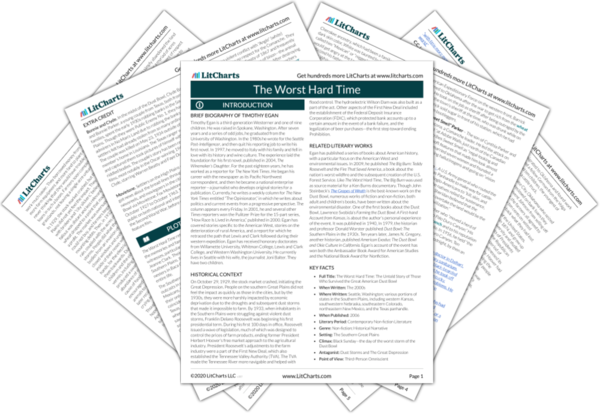The flora that Bennett planned to install in the barren soil was foreign to the land, but capable of survival. Interestingly, he designed a carpet of grass that would be more diverse than what had originally existed. Still, it was unclear how long it would take before the plains resembled what it had once been. It had taken hardly any time to dig up the grass, but it would take countless years for it to grow back fully.
